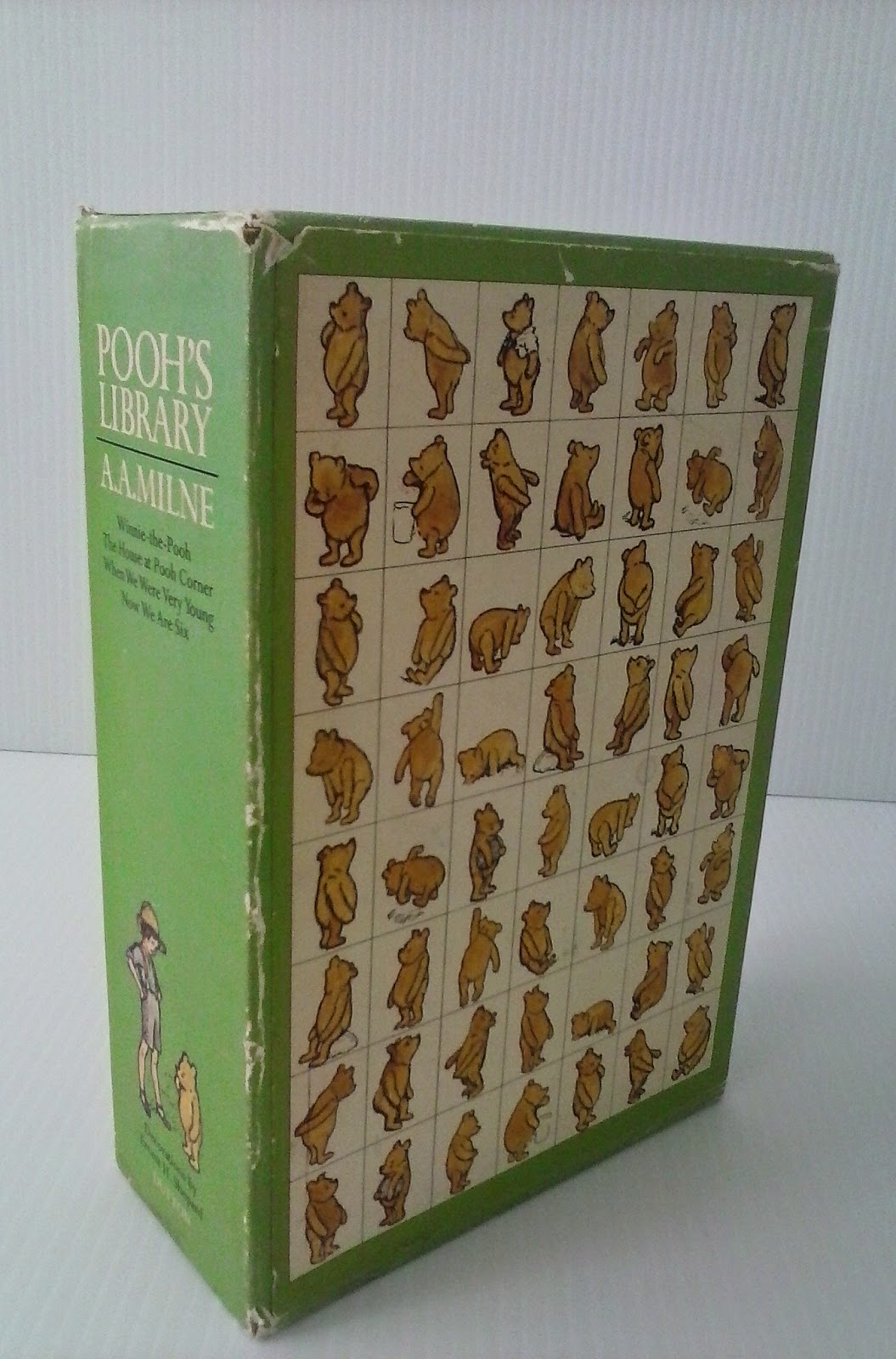 |
Winnie-the-Pooh is part of a collection of stories written by A. A. Milne featuring a boy, Christopher Robin, and his group of animal friends, Winnie-the-Pooh, Piglet, Rabbit, Owl, Kanga and Little Roo, and Eeyore. This book has delighted audiences for many generations, so why was it banned?
Since Disney purchased the rights to Milne’s classic Winnie-the-Pooh in the 1960s, many of us grew up watching Winnie-the-Pooh and have witnessed spin offs such as The Tigger Movie, Piglet’s Big Movie (The Boog’s Fave!), and the Heffalump Movie. However, it still receives harsh criticisms.
Like Alice in Wonderland, Winnie-the-Pooh has been criticized for its characterization of talking animals alongside human counterparts. Aside from any controversy, religious or otherwise, it remains a classic in Children’s literature. It speaks to the inner child in all of us.
Like Alice in Wonderland, Winnie-the-Pooh has been criticized for its characterization of talking animals alongside human counterparts. Aside from any controversy, religious or otherwise, it remains a classic in Children’s literature. It speaks to the inner child in all of us.
 Pooh was inspired by real life stories that Milne shared with his young son, aptly named Christopher Robin. In fact, much of the book is narrated by Milne and Christopher Robin. What was once simply “Teddy Bear” in 1924’s When We Were Very Young, then Edward Bear, who deciding he would like Christopher Robin to “give him an exciting name all to himself,” became the now infamous Winnie-the-Pooh.
Pooh was inspired by real life stories that Milne shared with his young son, aptly named Christopher Robin. In fact, much of the book is narrated by Milne and Christopher Robin. What was once simply “Teddy Bear” in 1924’s When We Were Very Young, then Edward Bear, who deciding he would like Christopher Robin to “give him an exciting name all to himself,” became the now infamous Winnie-the-Pooh.







